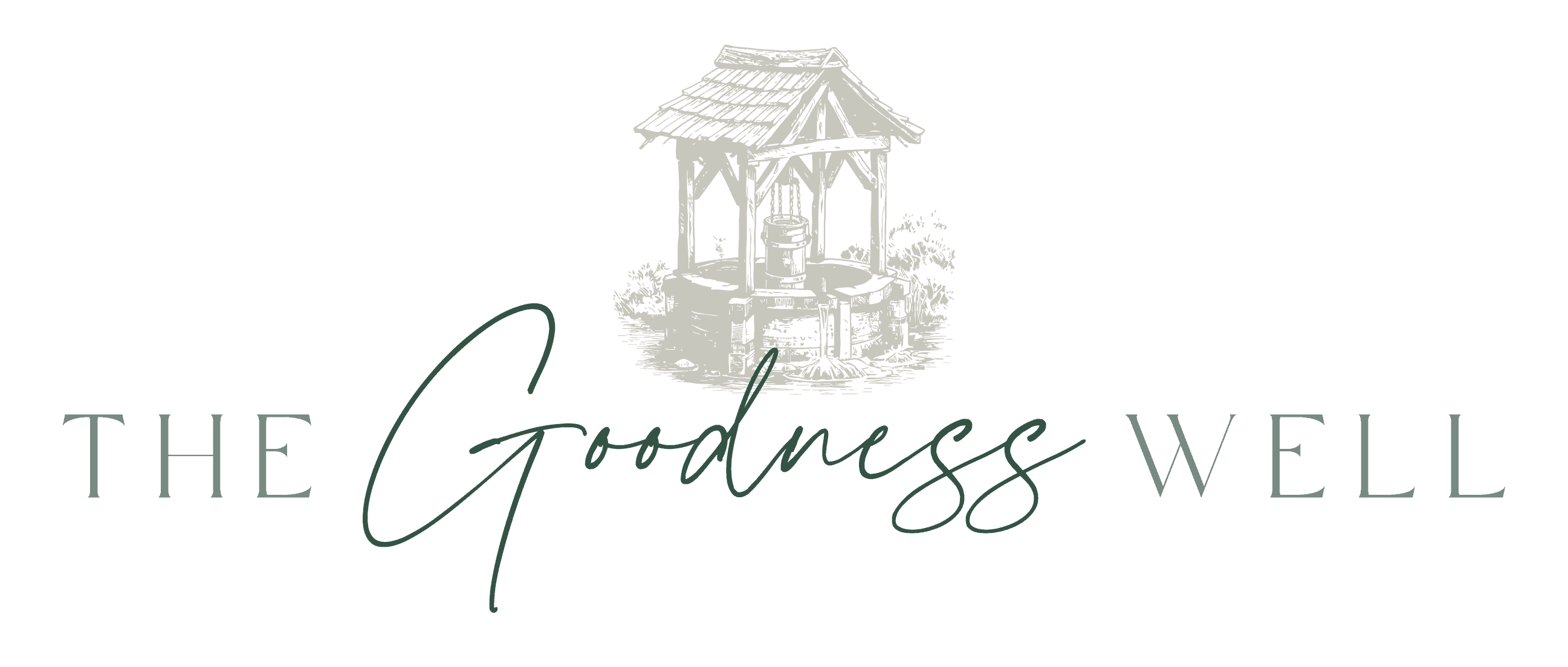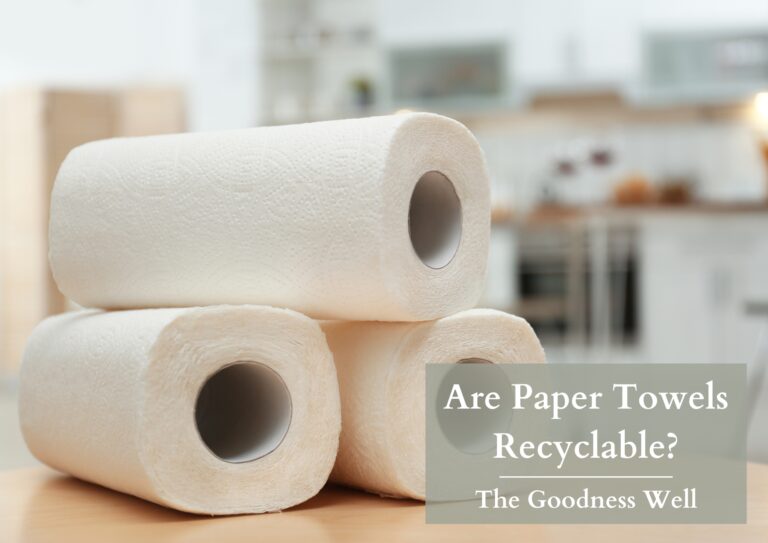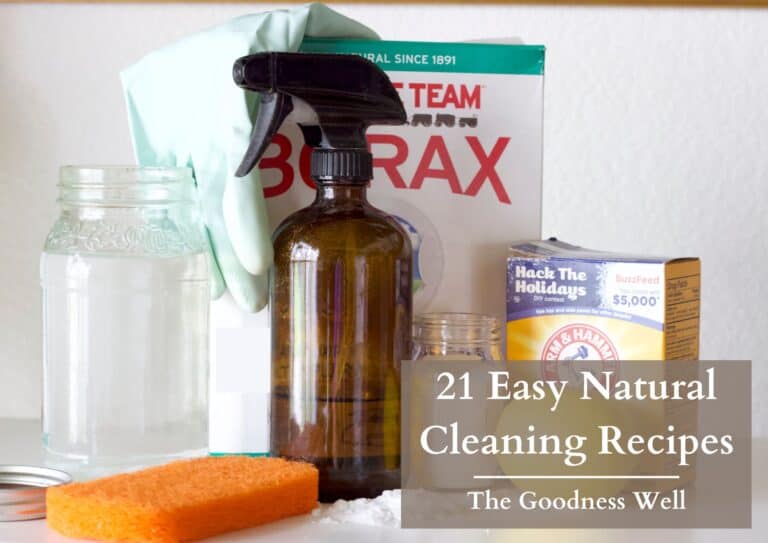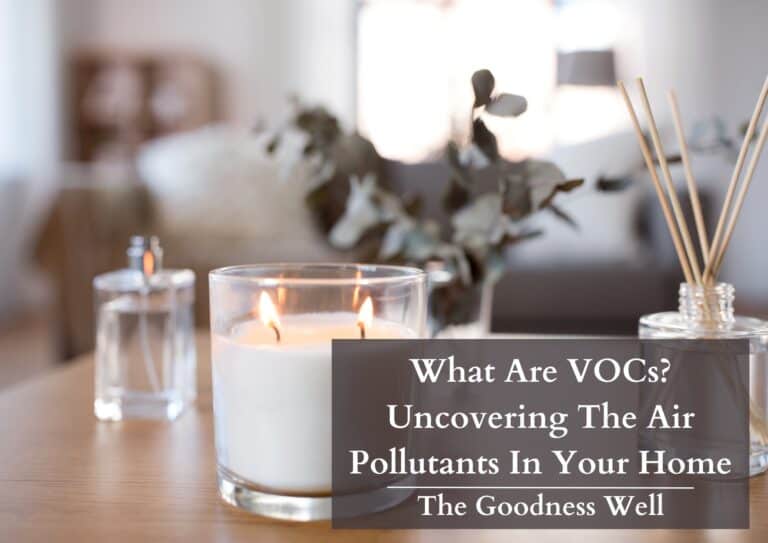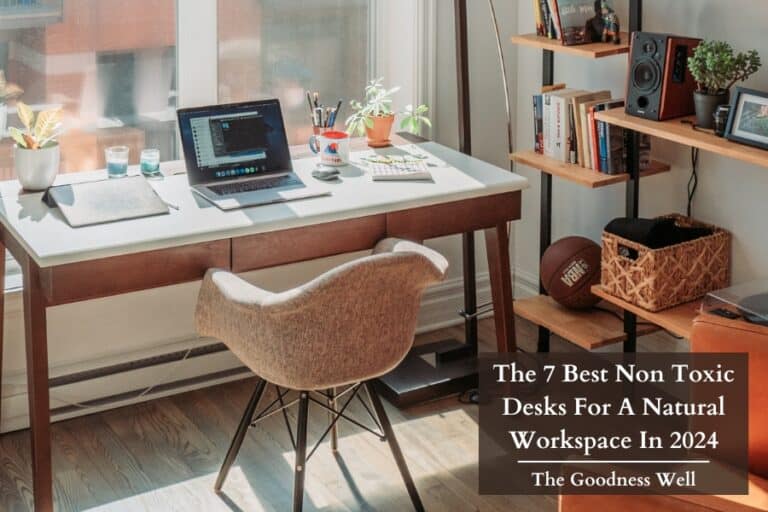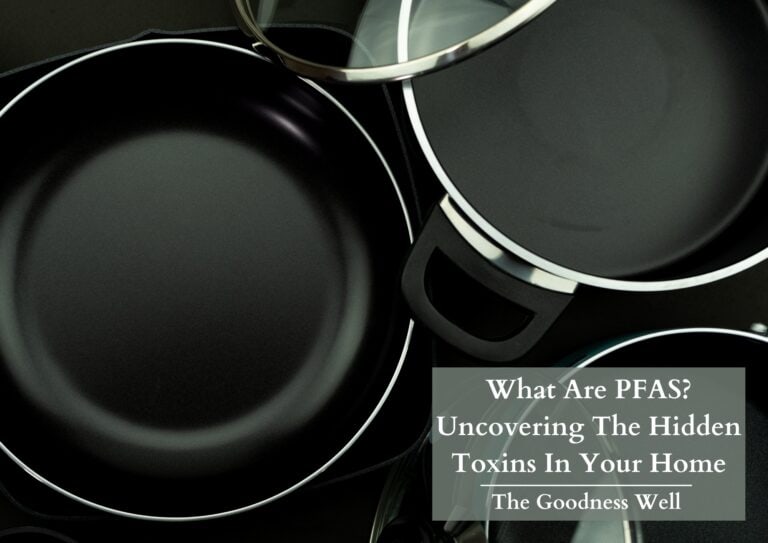The 5 Best Non Toxic Cutting Boards For A Healthy Kitchen (Tested & Reviewed)
Top pick Healthier Homes offers affordable eco-friendly cutting boards, repurposed wood, and more non-toxic products. Ethical, chemical-free, and handcrafted – a great choice for a healthier home and planet.
With roots dating back to 1887, John Boos & Co. creates eco-friendly cutting boards from cherry, walnut, or maple.
Bambu’s cutting boards are durable and made from 100% FSC®-certified bamboo. Perfect for any kitchen, it’s affordable, sustainable, and versatile for chopping and serving. Use code “thegoodnesswell” at checkout for 10% off your entire order!
Ziruma offers stylish, affordable, non-toxic cutting boards made from teak or maple, coated in an eco-friendly beeswax blend
Durable and perfect for meat! Teakhaus makes teakwood cutting boards for eco-friendly foodies. Affordable, knife-friendly, and sustainably sourced from certified forests.
Looking for the best cutting boards to maintain a toxin free and eco-friendly kitchen?
We got you.
In this guide, we’ll show you the top five cutting boards on the market that don’t have stains, materials, or chemicals that you wouldn’t want mixing in with your food.
And don’t forget our article on how to clean these boards properly as well!
Ok, let’s do it!
We are reader-supported. So some links in this post may be affiliate links, which means we may earn a small commission if you make a purchase. Learn more

The Best Non Toxic Cutting Boards Are:
- Healthier Homes– Best Overall
- John Boos
- Bambu
- Ziruma
- Teakhaus
What’s the Difference From Conventional Cutting Boards?
Choosing a cutting board without harmful materials is best for multiple reasons:
- Prevents chemical contamination of food.
- Made from eco-friendly wood materials.
- Are more durable which saves money and materials in the long run.
Toxins in Cutting Boards
Yes, cutting boards can contain toxins such as:
- Formaldehyde: Some composite cutting boards use formaldehyde in their adhesive components, something you don’t want leaching into your food.
- Triclosan: Several cutting boards are marketed as “antibacterial” due to the inclusion of triclosan, a known endocrine disruptor. However, quality wooden boards have natural antibacterial properties without the need for these chemicals.
- Plastic Boards: Certain plastic cutting boards may contain harmful chemicals such as BPA (or its alternatives like BPS, BPF, etc.) which are also endocrine disruptors. Plastic boards can also chip off plastic into your food. Yuck.
Now let’s talk about the type of cutting board you want in your kitchen. Solid Wood.
Why Choose a Solid Wood Cutting Board?
Here’s a few reasons.
- Often sourced sustainably.
- Natural antimicrobial properties
- Doesn’t dull knife as much
- Durable with the right care.
- Fewer deep grooves which prevents trapped food and bacteria.
- Looks amazing!
- Doesn’t hold smells since wood neutralizes food smells (with the right care)
- Simple maintenance with oiling and proper cleaning.
Different Types of Wood and Their Advantages
Don’t just go buying any wood. Looking for the following types which have many of the properties that we discussed above.
Maple:
- Durable with a tight grain.
- Doesn’t leach taste or odor to food.
- Easy maintenance through regular oiling.
Teak:
- Natural oils repel moisture to prevent warping.
- Very durable
Walnut:
- Dark in appearance.
- Gentle on knives but durable.
- Resists strong food odors.
Cherry:
- Strikes a balance between hardness and knife-friendly.
- Stable and resists warping and cracking.
Olive Wood:
- Often repurposed from older trees
- Beautiful deep grain patterns
- Durable and functional for both cutting and serving.
Bamboo:
- Technically a grass, but stronger than most woods.
- Naturally antibacterial and stain-resistant.
- Highly renewable and sustainable, harvested without chemicals or pesticides.
While these are not the only sustainable wood options, they give you examples of why using the right wood is important for a cutting board.
Environmental Benefits of Solid Wood
Solid wood is also great for the environment for multiple reasons:
- Responsibly harvested wood is renewable.
- Its carbon footprint is smaller than plastic or metal.
- Wood decomposes naturally which cuts down on landfill waste.
- Processing wood usually needs less energy than other materials.
- Can minimize CO2 emissions if locally sourced
The Best Non Toxic Cutting Boards
1. Healthier Homes– Best Overall

Healthier Homes is our top choice for a reason.
They offer a diverse range of formaldehyde free cutting boards, from repurposed olive wood boards sourced from Turkey to the distinctive Ying Yang acacia set.
Whether you’re chopping veggies or serving appetizers, with these boards, you’re making a conscious choice for both health and the environment.
They also offer many other non toxic home products from furniture to paint!
Product Highlights:
- Repurposed Wood: Crafted from wood that would have been discarded, creating less waste.
- Fair Trade Certified: Proving they stand by ethical practics
- Natural Production: Kiln dried using solar and wood power.
- Chemical-Free: No synthetic fire retardants, pesticides, or harmful pollutants.
- Eco-Friendly Crafting: Handmade in family-owned workshops.
2. John Boos– Highest Quality

While John Boos cutting boards are a bit pricey, it’s for a reason.
Their non plastic cutting boards are made in the USA with renewable North American sustainable hardwoods such as cherry, walnut, or maple.
Their use of the highest quality of materials ensures you’re getting a nontoxic cutting board that’ll last a lifetime.
With roots dating back to 1887, they’re also one of the oldest manufacturers in crafting all sorts of high-quality kitchen equipment.
Product Highlights:
- Sustainable: Crafted from renewable North American hardwoods.
- Versatile Designs: Choose from cherry, walnut, or maple woods, with options like edge grain, end grain, round, or rectangular shapes.
- Functional Features: Reversible with recessed finger grips. Some models come with a juice groove for clean cooking.
- Legacy: They’ve been doing this since 1887.
- Certified Safe: Rigorous testing and multiple certifications ensure top notch quality
3. Bambu– Most affordable
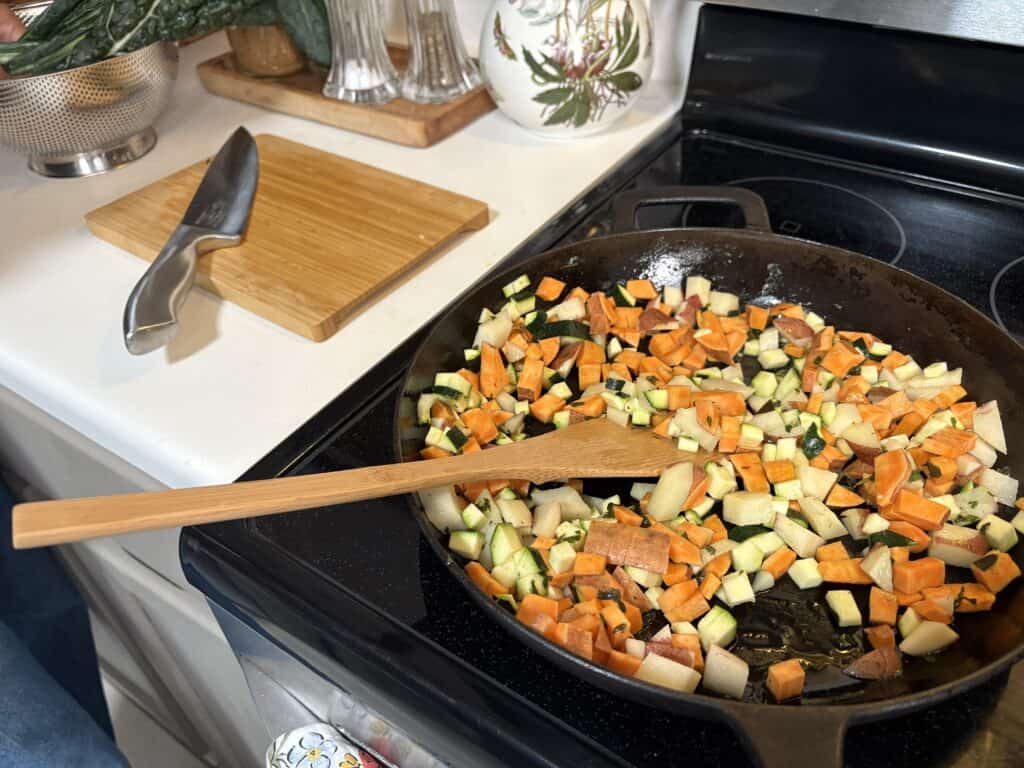
Looking for an affordable but sustainable cutting board? Bambu’s got you.
They make cutting boards from 100% FSC®-certified bamboo.
They’re lightweight, naturally antibacterial, and durable!
While the cutting board isn’t the biggest in the world, it’s super durable, resilient, and even reversible!
We also love their bambu cooking utensils! They are our go-to when cooking.
People also rave about them in the reviews on their site, just check it out for yourself!
Oh, and use code “thegoodnesswell” at checkout for 10% off your entire order!
Highlights:
- Made from 100% FSC®-certified bamboo
- Naturally antibacterial, stain-resistant, and durable
- Dual-sided design for cutting and serving
- Sustainable and renewable material
- Easily maintained with natural food-safe oil or fine-grain sandpaper
4. Ziruma

Zirumas’ toxic free cutting boards are made from teak or maple and finished with a natural beeswax blend.
They’re also designed with a juice groove for no-mess meal prep and are super stylish so you can show off to your friends.
Product Highlights:
- Natural Materials: Coated with a mix of pure beeswax, lemon and linseed oil.
- Water-resistant: Natural mixture in the coatings makes it 90% water-resistant.
- Non-toxic: Free of BPA, phthalates and formaldehyde-based adhesives.
- Functional: Features a hand grip and juice groove to prevent spills.
- Versatile: Juice groove side for chopping, the other side as a serving tray.
- High Quality: Long-lasting and sustainable
- Worry-free: Free shipping and returns, with 1-year warranty.
5. Teakhaus

Teakhaus is all about making toxin free teakwood cutting boards for folks who love cooking, eating, and sharing good food.
They’ve got wide range of beautiful and affordable cutting boards.
What’s cool is they use wood like the types discussed above – and it’s all from FSC® certified forests.
Can’t go wrong with this brand.
Product Highlights:
- Eco friendly: Uses sustainable teakwood from FSC-certified forests.
- Durability: Teakwood is durable and knife-friendly.
- Sustainable Brand: Strong focus on sustainability and responsible sourcing.
- Toxic Free Material: Teakwood products are natural and easy to use.
- Meat-Friendly: Best non toxic cutting board for meat
FAQ
Silicone cutting boards are generally considered non-toxic and safe for food preparation, as they do not contain unsafe chemicals.
Non-plastic BPA-free cutting boards are safe but be sure to avoid all plastic cutting boards, as some could be made with BPA alternatives such as BPS and BPF, which are just as toxic.
Recommended materials for cutting boards include solid wood (e.g., maple, teak), or bamboo, depending on personal preferences and maintenance considerations.
